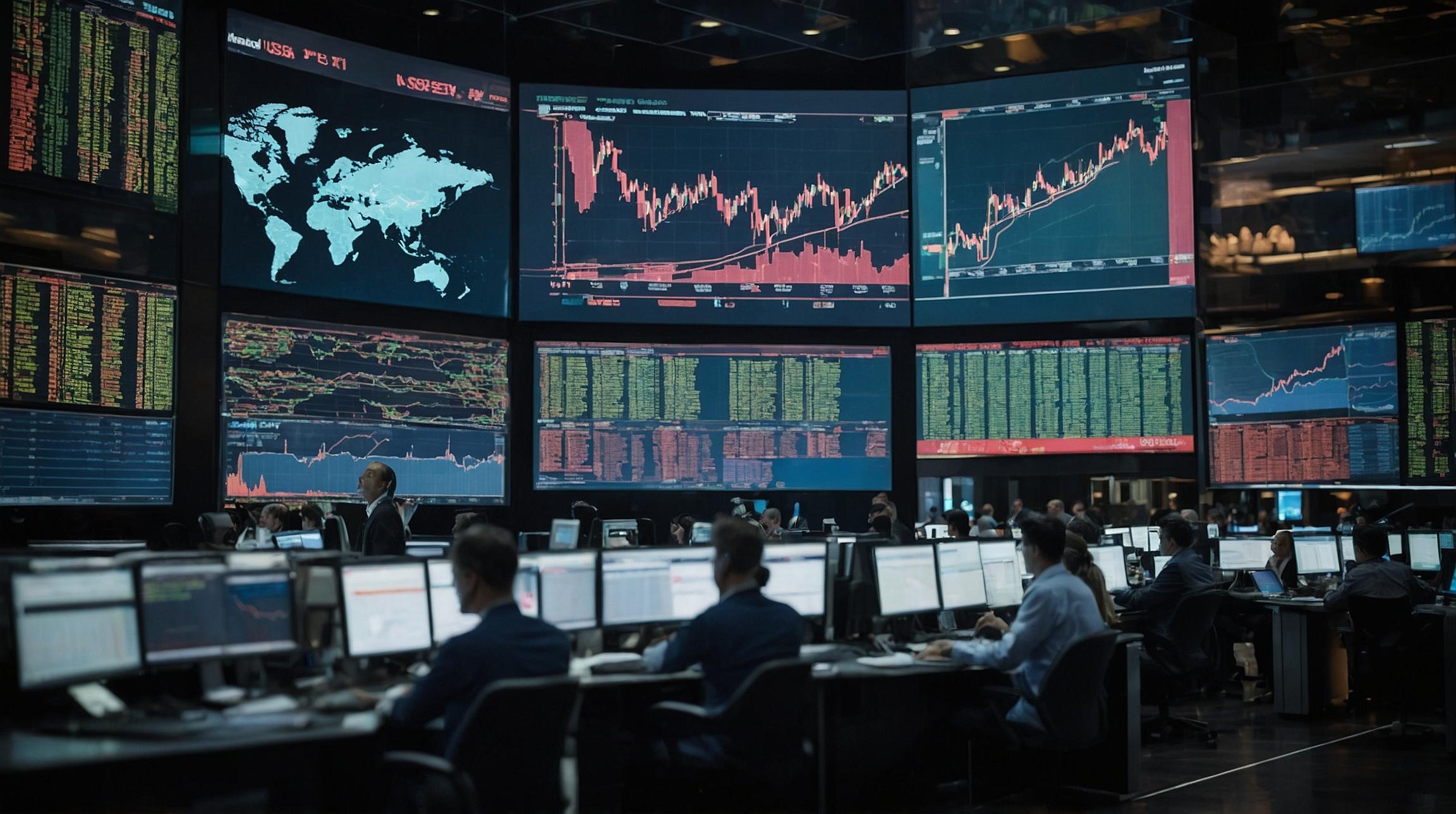Imminent Threat to Amazon Rainforest: A Call to Action for Biodiversity and Climate Stability
The Amazon Rainforest, a crucial pillar for the Earth's climate and biodiversity, is at a pivotal juncture. Recent scientific studies highlight an alarming scenario where nearly half of this life-sustaining ecosystem could reach a tipping point by 2050 due to climate change, water stress, and deforestation. The situation demands immediate international attention to avert a potential ecological collapse.
Climate Disruption and Its Dire Consequences
Research spearheaded by Bernardo Flores shines a light on the grim future of the Amazon. Predictive models indicate a significant increase in temperatures by 2-4°C and an addition of 10-30 more dry days annually by 2050. These conditions, combined with persistent shifts in rainfall patterns, threaten to destabilize the resilience of the rainforest ecosystem profoundly.
The Devastation Caused by Deforestation
Human activities, particularly logging and farming, have led to the deforestation of 15% of the Amazon, with an additional 17% experiencing degradation. This degradation, exacerbated by recurrent extreme droughts and fires, has tainted as much as 38% of the once unblemished rainforest. The land clearance for agricultural pursuits stands as a critical factor behind this environmental plight.
A Looming Ecosystem Transition
Satellite data reveals the looming threats of environmental stressors over the next quarter-century, which could precipitate a climate tipping point. There is an estimable risk of a rapid transition from lush forest to savannah, a change that would mark a profound ecosystem shift. The basin's exposure to these stressors signals an urgent need for proactive measures to safeguard the rainforest.
The Broader Impact on Global Climate and Biodiversity
The Amazon Rainforest, home to over 10% of the world's terrestrial biodiversity and a significant carbon sink, plays a pivotal role in maintaining global climate stability. Its degradation could expedite global warming, disrupt rainfall patterns across continents, and result in the irrevocable loss of biodiversity. These consequences highlight the intertwined fate between the Amazon and the broader health of our planet.
The Critical Need for Global Cooperation
The compelling evidence presented by researchers underscores an urgent call for international action. The recommended precautionary approach includes halting deforestation, curbing greenhouse-gas emissions, and striving towards net-zero emissions and deforestation. These efforts are not merely necessary for the Amazon's preservation but are imperative for the survival of our global ecosystem.
In conclusion, the fate of the Amazon Rainforest hangs in the balance, with potential repercussions far beyond its borders. The need for urgent and collective action to combat the threats facing this vital ecosystem has never been more critical. The path forward requires unprecedented global cooperation, emphasizing environmental preservation and climate action. The time to act is now, to ensure the Amazon, often referred to as the ‘lungs of the Earth,’ continues to thrive for generations to come.
Analyst comment
This news can be evaluated as negative. The market will likely see a shift towards sustainable practices, with increased investments in renewable energy and eco-friendly agriculture. There may also be a rise in demand for eco-tourism and sustainable products. However, industries linked to deforestation, such as logging and farming, may face stricter regulations and potential decline. Overall, there will be a need for global cooperation and immediate action to prevent ecological collapse, which could lead to both economic and environmental benefits in the long run.













